Dried dill and dill weed are NOT the same thing, despite common confusion. Dill weed refers specifically to fresh dill leaves, while dried dill is dehydrated dill leaves. Understanding this difference prevents common cooking mistakes and ensures authentic flavor in your dishes.
This guide cuts through the confusion with practical advice for home cooks. You'll learn exactly when to use each form, precise substitution ratios backed by culinary science, and how to maximize flavor in everyday cooking.
Table of Contents
- Defining Dill: Fresh vs Dried Basics
- Dried Dill vs Dill Weed – Clearing the Confusion
- Flavor Differences You Can Taste
- How Different Cuisines Use Each Type
- When to Use Which: Practical Cooking Guide
- How to Store Both Properly
- Quick Visual Identification
- Most Common Substitution Mistakes
- Quick Answers to Top Questions
Defining Dill: Fresh vs Dried Basics
Dill (Anethum graveolens) is an annual herb with two main usable parts: fresh leaves (dill weed) and seeds. When recipes mention "dill," they almost always mean the leaves—not the seeds.
Key distinction:
- Fresh dill = dill weed (sold in bunches)
- Dried dill = dehydrated dill leaves (sold in spice jars)
This confusion happens because many spice jars incorrectly label dried dill as "dill weed." Grocery stores never sell fresh dill labeled as "dill weed."
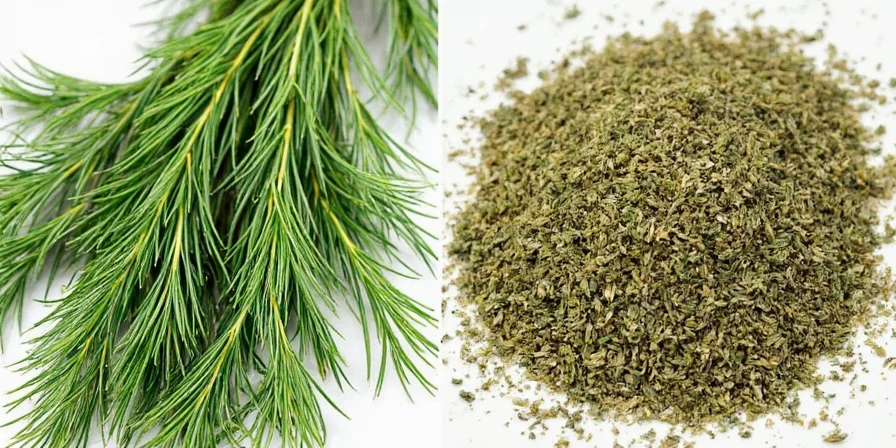
Dried Dill vs Dill Weed – Clearing the Confusion
The term "weed" in dill weed has nothing to do with unwanted plants. Historically, "weed" meant any leafy herb. Today:
- Dill weed = fresh dill leaves (what you buy in the produce section)
- Dried dill = dehydrated dill leaves (what you buy in the spice aisle)
| Term You'll See | What It Actually Means |
|---|---|
| "Dill weed" on spice jars | Marketing term for dried dill (confusing but common) |
| Fresh dill at grocery stores | Always labeled simply as "dill" or "fresh dill" |
Flavor Differences You Can Taste
Fresh dill has bright, grassy notes that disappear when dried. Drying changes the flavor profile significantly:
| Type | Flavor Profile | Best For |
|---|---|---|
| Dried Dill | Milder, earthier, subtle anise notes | Slow-cooked dishes, breads, spice rubs |
| Fresh Dill | Grassy, citrusy, with minty freshness | Garnishing, salads, cold sauces like tzatziki |
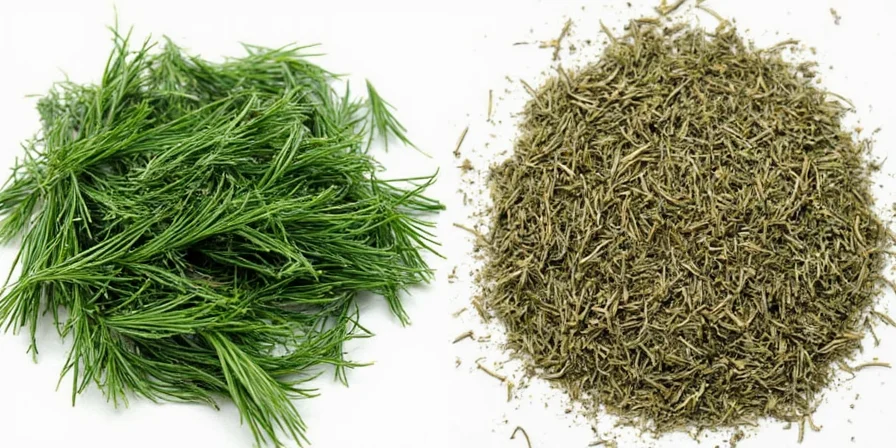
How Different Cuisines Use Each Type
Regional cooking traditions reveal important usage patterns:
- Scandinavian cooking: Always uses fresh dill for gravlax and new potato salads
- Eastern European cooking: Prefers dried dill in borscht and hearty stews
- Greek/Turkish cooking: Uses fresh dill early in cooking AND as garnish for maximum flavor
Matching your dill form to the cuisine's tradition makes a noticeable difference in authentic flavor.

When to Use Which: Practical Cooking Guide
Follow these simple rules for perfect results:
- Substitution ratio: 1 tablespoon fresh dill = 1 teaspoon dried dill (3:1 ratio)
- For cooked dishes: Add dried dill at beginning, fresh dill in last 2 minutes
- For cold dishes: Fresh dill always wins (dried won't rehydrate properly)
- Emergency fix: If substituting dried for fresh, use 1/3 amount and let sit 24 hours
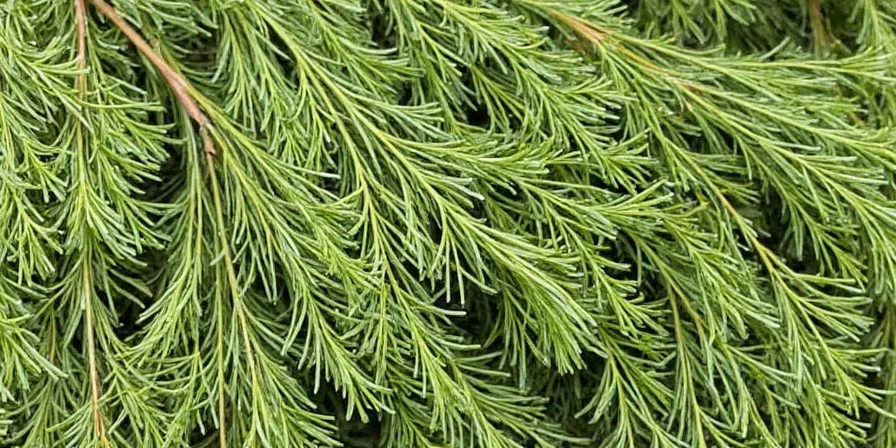
How to Store Both Properly
Prolong freshness with these storage methods:
- Fresh dill: Store upright in water (like flowers) in fridge for 5-7 days
- Dried dill: Keep in dark glass jar away from heat for up to 2 years
- Freeze fresh dill: Chop with olive oil, freeze in portions for perfect future use

Quick Visual Identification
Tell them apart at a glance:
| Feature | Dried Dill | Fresh Dill |
|---|---|---|
| Color | Darker olive green | Bright vibrant green |
| Texture | Crisp, crumbles easily | Soft, flexible fronds |
| Aroma | Earthy, subtle scent | Strong citrusy fragrance |
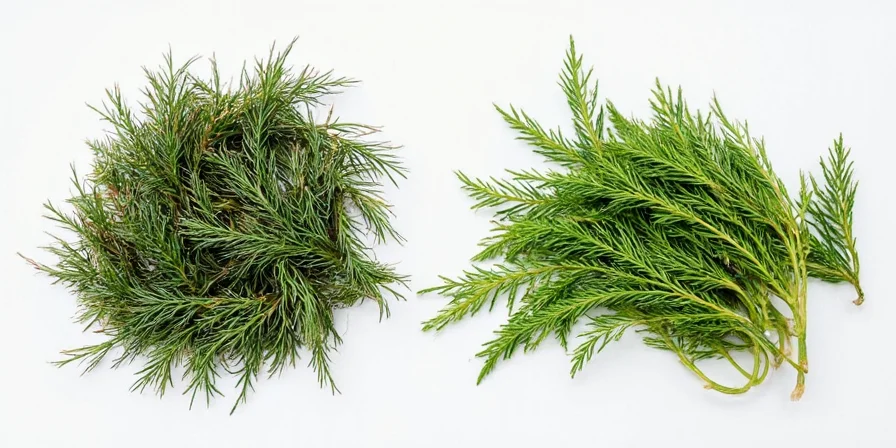
Most Common Substitution Mistakes
Avoid these frequent errors:
- Using equal amounts: Dried is more concentrated—using same amount makes food bitter
- Adding fresh dill too early: Heat destroys fresh dill's delicate flavor—add at the end
- Using dried in cold dishes: Dried dill won't soften properly in salads or tzatziki
- Mixing up with fennel: Fennel has strong licorice flavor—dill is more citrusy
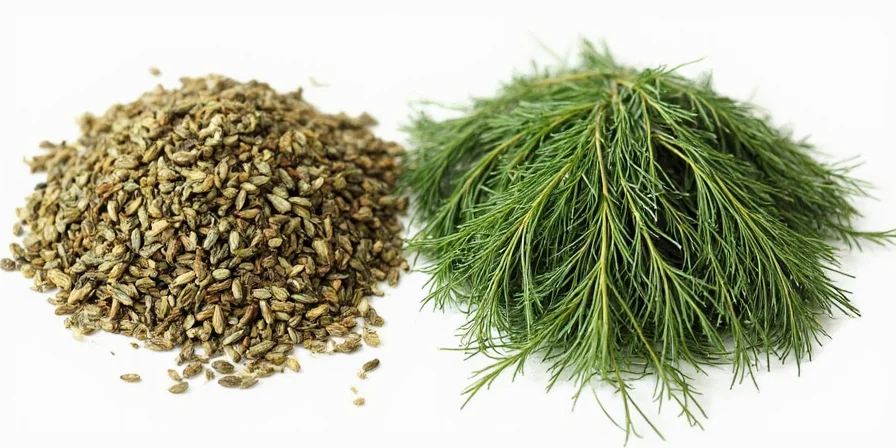
Quick Answers to Top Questions
These answers address the most frequent questions home cooks have about dill substitutions based on culinary expert recommendations.
Final Recommendation
Choose fresh dill for cold dishes and garnishes where bright flavor matters. Use dried dill for cooked dishes where earthy notes complement other ingredients. Remember the 3:1 substitution ratio, and you'll never ruin a recipe with incorrect dill measurements again.
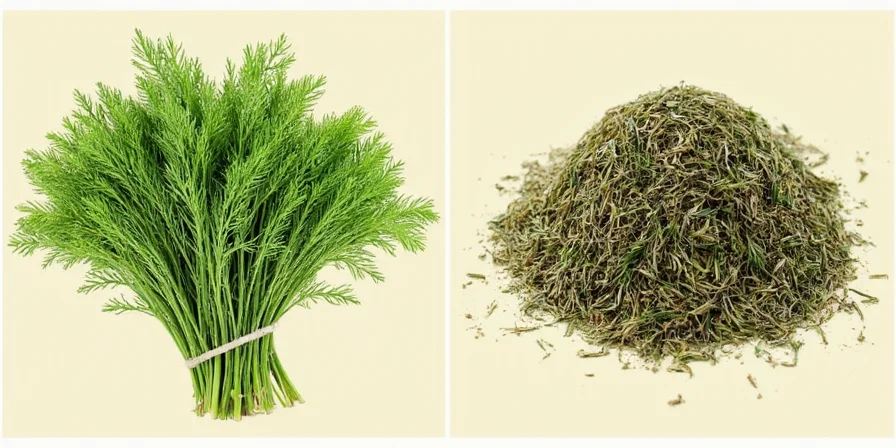











 浙公网安备
33010002000092号
浙公网安备
33010002000092号 浙B2-20120091-4
浙B2-20120091-4